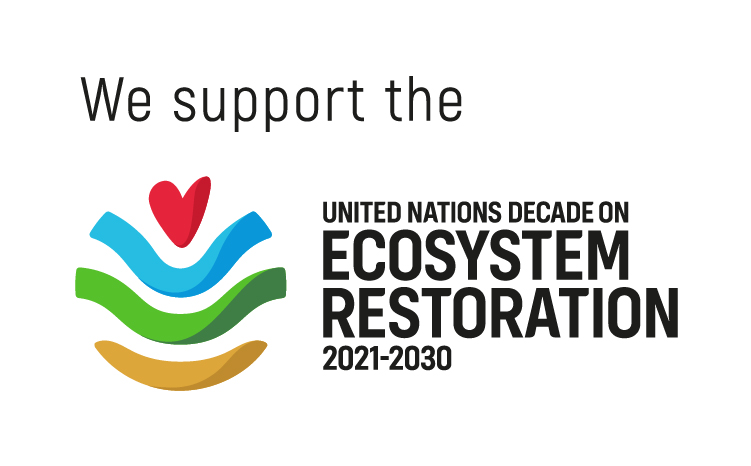Trees for Himalayan Monasteries & Forests
Sikkim, India
50,000 Trees Adopted by SBI Life Insurance for FY 2017-18
Project Purpose
Trees for the HimalayasLocation

The project involves plantation of 50,000 trees which is categorized into two components: The plantation of 35,000 trees is conducted in the region of Tsomgo, at the fringes of Kyongonsola Aline Sanctuary. 15,000 Trees are planted in the surroundings of Hattipailey reserve forest land and Boudha Gurung Gumpa Land

Enhancement of
Biodiversity

Carbon Sequestration

Promotion of
Ecotourism

Groundwater
Recharge

Increase in
Green Cover

Generation of
Rural Employment
Why Trees?
Initially for years together, Tsomgo remained undisturbed due to its poor accessibility, however, after the area was opened for tourism in 1980, tourist traffic has been growing at an alarming rate. The last couple of decades have witnessed substantial infrastructure development. Unregulated human activities, pollution of lake water, gradual siltation in the lake due to construction activities and pollution from plying vehicles-- mainly noise, smoke and oil spills have emerged as a potential threat to the environment.
The trees planted in the surroundings of reserve forest land and Boudha Gurung Gumpa land will aid in improving the ecological health of the degraded forest land and enhance wildlife habitat. Planting of fruiting species & flowering species will improve the overall aesthetic appearance.
The account produced by the Sikkim Government regarding the forest resources of the state shows Sikkim has a huge wealth in the form of forest resources, benefitting a great number of people. The forest supports other aspects like the livelihoods of the people, the environment, and the agriculture of the state, making the development of forestry extremely important in the state. Along with it, the trees also play an important role in the culture of the state. The Government of Sikkim has encouraged the people of the state to form family ties with the trees through a practice known as Mith, mentions an article in the Hindu dated 13th January 2018, by Shiv Sahay Singh. Thus it shows the importance of trees in the culture, society and ecology of the state making tree plantation an important initiative.
Flora
Plantation in the Tsomgo region consists of ground vegetation which is typically alpine scrub forest dominated by sunpati (Rhododendron anthopogon), and juniper(Juniperus indica). The project will include plantation of tree species such as Populus, Silver fir/gubre salla, Rhododendron/chimal, Pines/dhopi Englehardtia Spicata (Mahuwa), Macaranga Nepalensis (Malata), Acer Campbelli (Kapasi), Hovenia dulcis, T. Myriocarpa, Michelia sp, Symingtonia Populnea, Spondias axillaris, Daphnephyllum himalayanse, Ficus sp
Tree Species
The project will include the plantation of tree species such as Populus, Silver Fir/Gubre Salla, Rhododendron/Chimal, Pines/Dhopi Englehardtia Spicata (Mahuwa), Macaranga Nepalensis (Malata), Acer Campbelli (Kapasi), Hovenia Dulcis, T. Myriocarpa, Michelia Sp, Symingtonia Populnea, Spondias Axillaris, Daphnephyllum Himalayanse, Ficus Sp.
Social Impact
The project will help secure the sustainable livelihood of locals by conserving the wetland through activities like afforestation. The plantation of trees will help address the siltation of Tsomgo Lake. (Siltation is the pollution of water by particulate terrestrial plastic material, with a particle size dominated by silt or clay). The trees will also help offset vehicular pollution due to an increase in tourist and commercial traffic. The trees planted in this region will enhance the lives of local communities dependent on forest products for their day-to-day subsistence. Further, water conservation in the lakes and springs across the state by planting trees around them is a long-term development goal in the region for the benefit of rural communities dependent on natural water resources for sustenance.
Plantation of flowering and non-flowering plants around the monastery will aid in the beautification of the area. Research suggests that broom tree plantation in the area will act as a natural flood defense mechanism and could be the solution to flooding in the area. The sale of fruits from fruit-bearing trees will provide additional revenue for local communities in the near future.
The plantation of trees in the reserve forests will enhance the tree cover, enrich forests and provide forest resources to the communities. Diversified livelihood options will include the development of ecotourism that will improve the income of the forest-dwelling communities.









